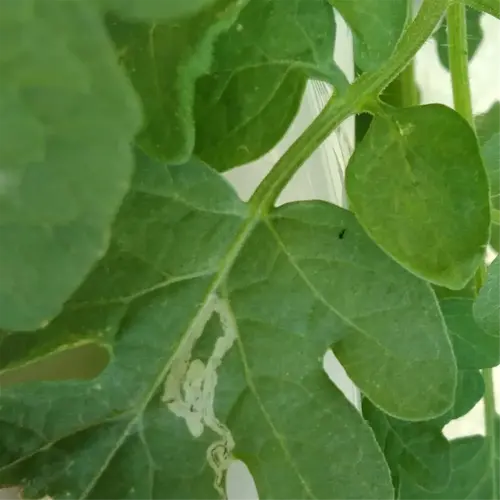How does lasagna gardening compare to traditional raised beds?

Written by
Julia Anderson
Reviewed by
Prof. Charles Hartman, Ph.D.The lasagna gardening technique and raised beds are both methods of gardening that fulfill different purposes. Lasagna beds contain layered waste and thus build soil in place, while raised beds generally need soil brought in from another location. I have employed both of these strategies in my Seattle area garden, where lasagna beds cost $0 versus upwards of $200 for filled raised beds. Your situation will dictate your choice of method based on time, resources, and broadly defined soil objectives.
Material Sources
- Lasagna: 100% recycled yard/kitchen waste
- Raised beds: Purchased soil/compost mixes
- Hybrid option: Lasagna layers inside raised frames
Long-Term Maintenance
- Lasagna: Self-renewing for 3-5 years
- Raised beds: Annual soil topping needed
- Combined: Refresh top 6" annually with compost
Utilize methods for yielding the highest amount of produce. My cedar-raised frame only holds the lasagna layers, newspaper, coffee deposits, and fall leaves. It's a handy way of keeping soil from spilling out of the frame while allowing worms to aerate your beds. Three years later, the soil is well-aerated and loose, and I don't ever have to till. The raised edges are also beneficial for keeping slugs from the produced in the rainy Pacific Northwest climate.
Drainage Issues
- Drill 1" holes every 12" in bed walls
- Add 6" gravel base under lasagna layers
- Mix sand into bottom 3" for clay soils
Pest Control
- Line beds with hardware cloth against voles
- Top layers with crushed oyster shells for slugs
- Plant garlic around edges to repel rabbits
Soil tests show striking differences. In 2 years, my lasagna bed's cation exchange capacity (CEC) increased from 12 to 24; in contrast, the raised beds stayed the same (15). High CEC means higher nutrient-holding capacity. For heavy feeders like tomatoes, I found the lasagna layers to outperform bagged soils in the long run.
Urban gardeners frequently blend the two avenues. I am known to assist clients in constructing 18" tall raised garden beds that can be filled, lasagna style. They plant carrots and potatoes without digging through clay. Renters love that the frames are removable and that they can take their soil to their next home. It is gardening without creating a permanent footprint in the soil.
Read the full article: Lasagna Gardening Method: 10 Essential Steps for Success

